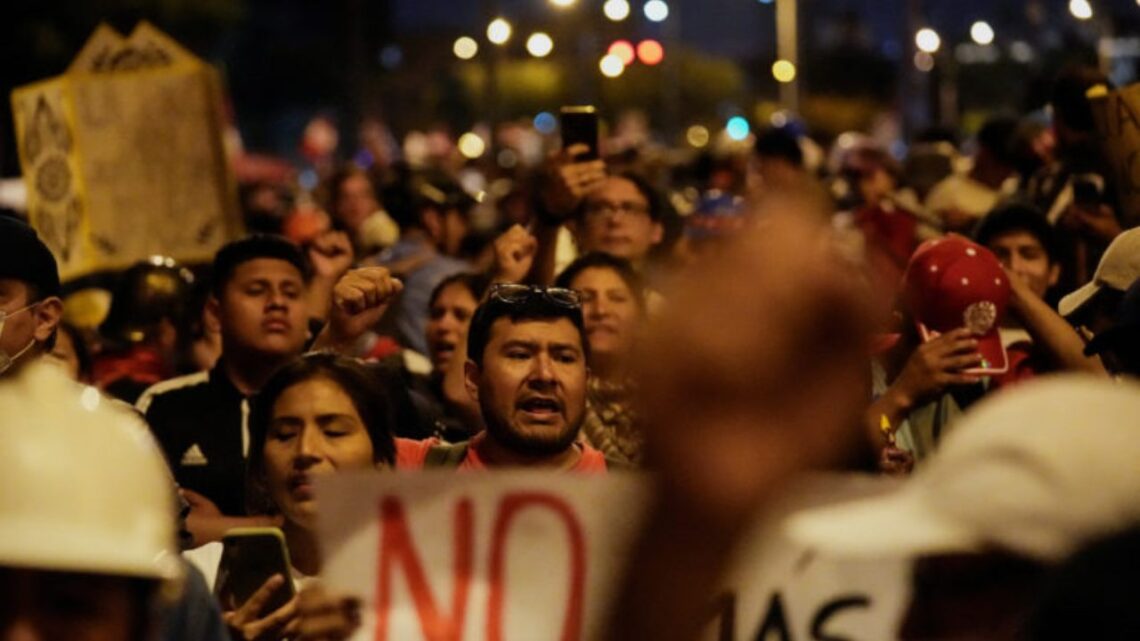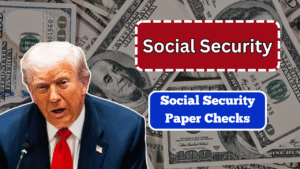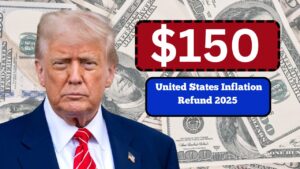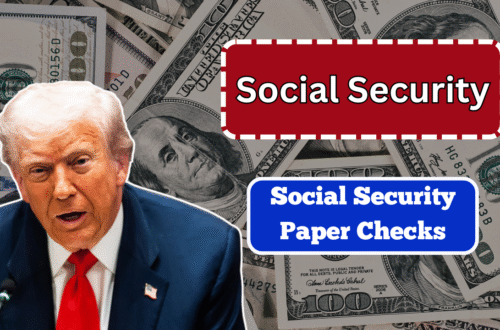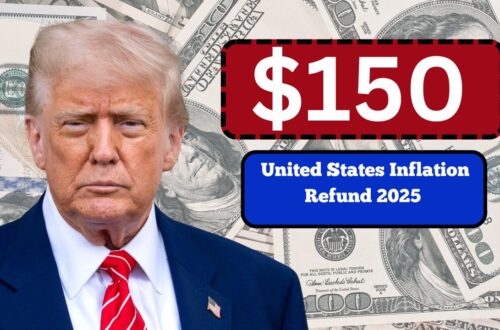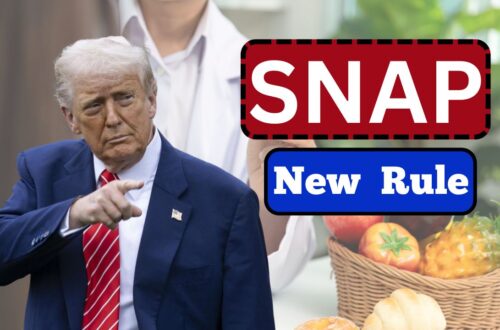Peru’s politics remain tense, with frequent leadership changes, youth-driven protests, and economic pressures converging at once.
As the country looks ahead, the central questions are whether authorities can restore public trust, cool the streets, and stabilize state finances—especially around Petroperú and broader anti-crime initiatives.
Why The Crisis Persists
Public frustration has built up over years: allegations of corruption, slow-moving reforms, and a sense that elected leaders and Congress are locked in constant confrontation.
Young Peruvians—many organized on social platforms—are a visible force demanding accountability, jobs, and security.
Meanwhile, business groups want predictable rules, faster project approvals, and clearer fiscal signals to revive investment.
What To Watch Next (Big Themes)
- Security vs. civil liberties: A tougher stance on organized crime and street violence could reduce insecurity, but any heavy-handed moves risk energizing protests and eroding civil rights.
- Institutional legitimacy: Confidence in the presidency, Congress, and courts will hinge on transparent investigations, rule-of-law signals, and concrete anti-corruption steps.
- Economic stability: The government’s credibility will be tested by how it handles Petroperú’s governance and debt concerns, public spending discipline, and measures that encourage private investment without igniting new social conflicts.
- Election calendar and rules: Clarifying timelines, oversight, and fair-play rules is critical to avoid more confrontations and to give parties time to prepare credible platforms.
Quick Facts
| Area | Current Picture | Why It Matters |
|---|---|---|
| Leadership Turnover | Multiple presidents in under a decade, frequent cabinet reshuffles | Sustained instability weakens policy continuity and investor confidence |
| Street Mobilization | Gen Z–led demonstrations, student and labor participation | Youth grievances on jobs, fairness, and rights can drive repeated protest cycles |
| Crime & Security | Public concern about organized crime and daily safety | Toughened policing weighed against civil liberties; affects everyday life and commerce |
| Petroperú & Energy | Ongoing scrutiny of governance, debt, and refinery modernization | Key to fuel supply, fiscal risks, and market sentiment |
| Economy & Investment | Pressure to spur growth while preserving fiscal credibility | Determines jobs, prices, and space for social programs |
| Elections & Legitimacy | Calls for clear timelines and transparent rules | Restoring trust depends on credible, peaceful electoral processes |
The Youth Factor
A defining feature of this period is the assertiveness of young voters, activists, and first-time marchers.
Their networks mobilize quickly, publish demands online, and keep pressure on officials between election cycles.
Policymakers who ignore this cohort’s expectations on education, employment, and justice risk re-igniting demonstrations.
Business & Daily-Life Impact
For companies, the operating environment hinges on security conditions, permit certainty, and stable regulation.
For households, the critical variables are job prospects, inflation control, and the availability of public services during any security measures or protest disruptions.
Any misstep can ripple into transport, tourism, small commerce, and fuel markets.
Pathways Out of the Stalemate
- Institutional repairs: Strengthen anti-corruption tools, judicial independence, and oversight bodies.
- Targeted social investment: Prioritize youth employment programs, vocational training, and regional infrastructure that delivers visible wins.
- Predictable economic policy: Clear roadmaps for state-owned enterprises (including Petroperú), debt management, and public-private investment.
- Dialogue mechanisms: Structured talks with student unions, civil groups, and regions to defuse flashpoints before they escalate.
Peru’s political turbulence endures because several crises—trust in institutions, youth demands, security fears, and energy-sector strain—are unfolding at once.
A durable exit requires steady leadership that protects rights while improving security, cleans up governance, and delivers economic clarity.
If those pieces align, Peru can shift from recurring shocks to a more predictable, opportunity-focused trajectory.

